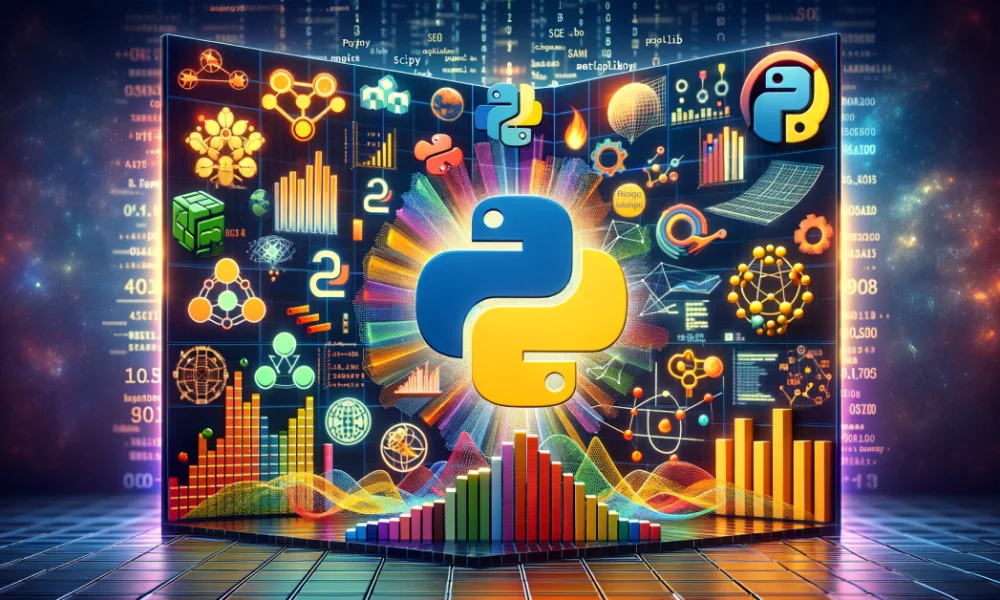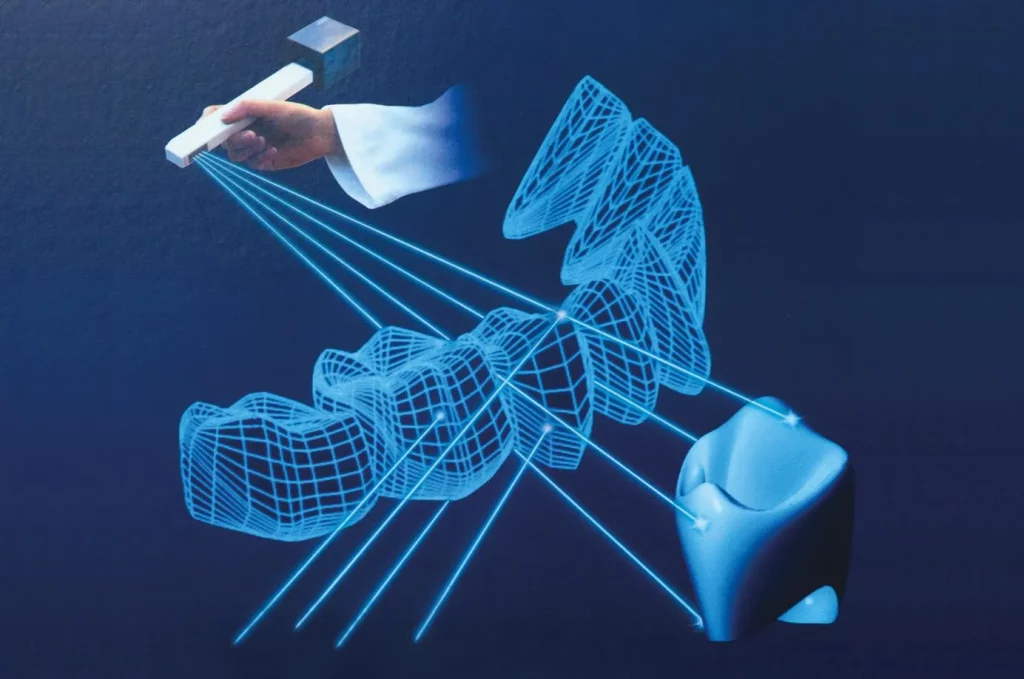Introduction
In the world of data science, efficiency is everything. When working with large datasets, the speed and memory usage of a DataFrame library can significantly impact performance. Pandas has long been the truly go-to library for data manipulation in Python. However, with the rise of big data and more complex computations, newer alternatives like Polars are gaining traction.
Polars is an innovative DataFrame library designed to outperform Pandas in both speed and memory efficiency. With a multi-threaded execution engine and a powerful query optimization system, Polars presents a compelling alternative for data scientists and analysts. If you’re looking to improve your data manipulation skills, enrolling in a data scientist course in Pune can help you gain hands-on experience with both libraries and understand their strengths and limitations.
Understanding Pandas: The Long-Standing Favorite
Pandas has been the most widely used data manipulation library in Python for years. It provides powerful tools for actively handling structured data, such as tabular datasets, time-series data, and complex data transformations.
Some of the critical features of Pandas include:
- Flexible Data Structures: Pandas offers Series (1D) and DataFrame (2D) structures for handling datasets.
- Comprehensive Functionality: With built-in methods for data cleaning, aggregation, merging, and visualization, Pandas is an all-in-one solution.
- Integration with Other Libraries: Pandas works seamlessly with NumPy, SciPy, and scikit-learn, making it an integral part of the data science ecosystem.
Despite its strengths, Pandas has some limitations, particularly when handling massive datasets. Operations on large DataFrames can be slow and memory-intensive due to its single-threaded execution model. For those looking to work with large-scale data efficiently, a data scientist course can introduce alternative approaches and libraries like Polars.
Introducing Polars: A High-Performance Alternative
Polars is a next-generation DataFrame library designed to address the performance shortcomings of Pandas. Built in Rust, Polars leverages parallelism and efficient memory management to deliver superior speed and scalability.
Key features of Polars include:
- Multi-Threaded Execution: Unlike Pandas, which is primarily single-threaded, Polars utilizes multiple CPU cores, significantly boosting performance.
- Lazy Execution Model: Polars uses query optimization techniques similar to SQL databases, enabling more efficient computations.
- Arrow-Based Memory Management: Built on Apache Arrow, Polars offers efficient in-memory representation, reducing overhead and improving interoperability.
- Better Performance on Large Datasets: Polars outperforms Pandas in operations involving millions or billions of rows, making it ideal for big data processing.
For data professionals looking to master high-performance data manipulation, learning Polars through a data scientist course in Pune can provide hands-on experience with real-world datasets.
Performance Comparison: Polars vs. Pandas
To understand why Polars is considered a superior alternative to Pandas, let’s compare their performance across different operations.
- Data Loading:
-
- Polars can read large CSV files significantly faster than Pandas due to its efficient memory allocation and multi-threaded processing.
- Pandas, being single-threaded, takes longer to parse and load large datasets.
- Filtering and Aggregation:
-
- Polars’ lazy execution engine optimizes query performance, making filtering and aggregation operations faster than Pandas.
- Pandas performs these operations eagerly, often leading to unnecessary computations and higher memory usage.
- Joining DataFrames:
-
- When merging large datasets, Polars efficiently uses multiple CPU cores, whereas Pandas struggles with memory overhead and slow execution.
By leveraging Polars’ performance benefits, data professionals can process data more efficiently. Enrolling in a data scientist course will help users gain deeper insights into how these optimizations work.
When to Use Pandas vs. Polars
Although Polars offers significant advantages in performance, Pandas remains a powerful and versatile library. The choice between Pandas and Polars depends on the specific requirements of a project.
Use Pandas when:
- You are working with small to medium-sized datasets where performance is not a concern.
- Your workflow involves extensive use of Pandas-native libraries such as Matplotlib and Seaborn for visualization.
- You need compatibility with older codebases and legacy applications.
Use Polars when:
- You are working with large datasets that require efficient memory usage and parallel processing.
- You need fast filtering, grouping, and aggregation operations.
- You are performing computationally intensive data transformations that benefit from lazy execution.
A data scientist course in Pune can provide hands-on practice with both libraries, helping you choose the right tool for different scenarios.
Real-World Applications of Polars and Pandas
Both Pandas and Polars are widely used across various industries. Here are some real-world applications:
- Financial Analysis: Banks and financial institutions use Pandas for time-series analysis and Polars for high-frequency trading data.
- Big Data Analytics: Companies working with massive datasets leverage Polars for faster processing and efficient memory management.
- Machine Learning Pipelines: Pandas is commonly used for data preprocessing in machine learning projects, while Polars is preferred for handling large feature engineering tasks.
Learning both libraries through a data scientist course can help professionals become proficient in handling diverse data manipulation tasks across different domains.
Future of Data Manipulation Libraries
As data continues to grow in terms of size and complexity, high-performance libraries like Polars are expected to gain more adoption. While Pandas will continue to be a standard for data analysis, Polars represents the next evolution in DataFrame technology, offering greater scalability and efficiency.
Several future trends may shape the adoption of these libraries:
- Integration with AI and ML Workflows: Data science frameworks may integrate Polars for high-speed processing in AI-driven applications.
- Cloud-Based Processing: With cloud computing gaining momentum, Polars’ ability to handle distributed data efficiently will make it a preferred choice.
- Improved Interoperability: Libraries that support seamless conversion between Pandas and Polars will encourage widespread adoption.
For data scientists aiming to stay ahead of these trends, a data scientist course in Pune can provide numerous valuable insights into the evolving landscape of data manipulation.
Conclusion
The debate between Polars and Pandas is not about replacing one with the other but about using the right tool for the job. While Pandas remains a user-friendly and versatile library for general-purpose data analysis, Polars excels in speed and scalability for handling large datasets.
Data professionals should consider incorporating Polars into their workflow when performance becomes a bottleneck. Enrolling in a data science course can help professionals develop expertise in both libraries, ensuring they have the necessary skills to work with large-scale data efficiently.
As the data science ecosystem evolves, embracing new technologies like Polars will empower professionals to handle data more effectively, ultimately leading to better insights and decision-making.
Business Name: ExcelR – Data Science, Data Analytics Course Training in Pune
Address: 101 A ,1st Floor, Siddh Icon, Baner Rd, opposite Lane To Royal Enfield Showroom, beside Asian Box Restaurant, Baner, Pune, Maharashtra 411045
Phone Number: 098809 13504
Email Id: enquiry@excelr.com












